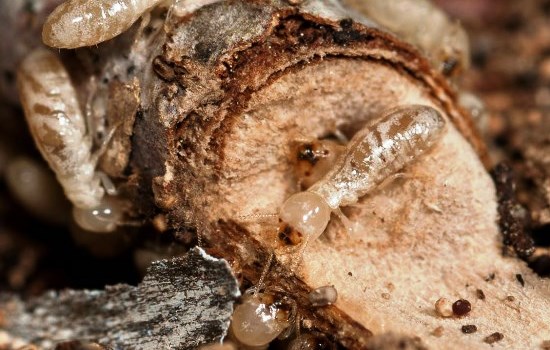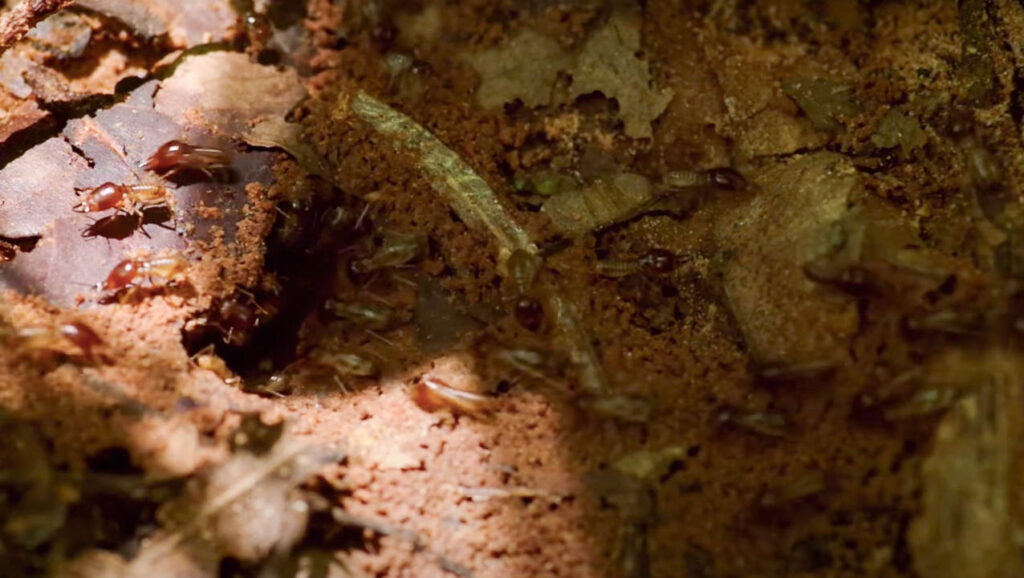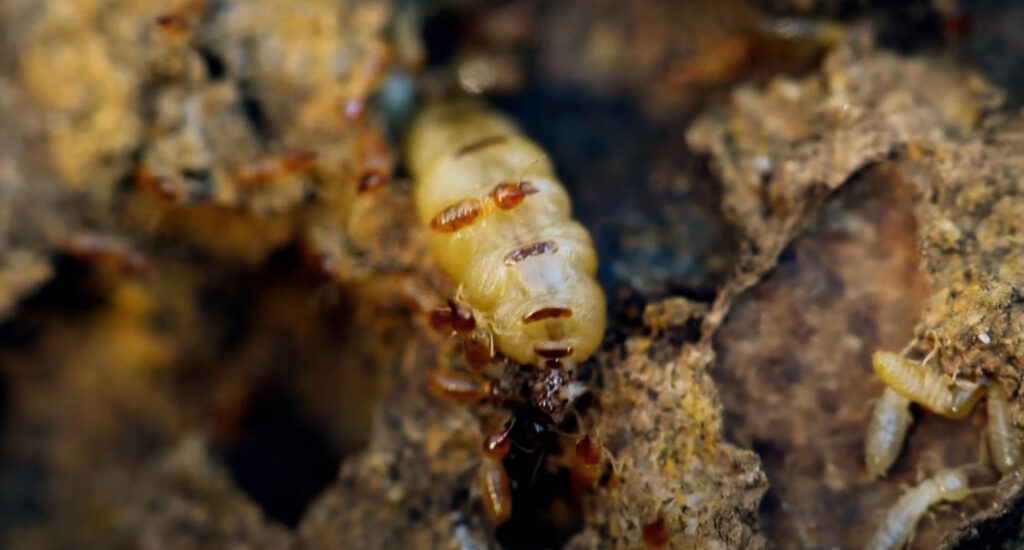Termite colonies
Different kinds of insects have their special ways of doing things, but in the case of termites, there is so much to know about them. Termites are social insects with the members of the colony divided into three different castes which are the workers, soldiers, and reproductives. Based on this distribution, they are subjected to separate roles and functions within the colony.
In a typical colony, the king and queen are considered the only pair allowed to reproduce. To prevent others from doing the same, the king and queen release pheromones that inhibit mating behaviors in the colony. On average, and under good environmental conditions, the king and queen of a colony can live for 15-25 years. If the queen goes missing or dies, the level of pheromones reduces in the colony and more workers will molt into alates or reproductive termites. This will lead to swarming in the colony, allowing new colonies to begin the process all over again.
Do you wish to know more about termite colonies? Right here, we will be sharing all that there is to know about each caste in a termite colony. With this, you will have a clear picture of the way of life of these tiny social insects.

The Termite Workers
The workers in the colony of termites are usually the smallest in size but most populous. Depending on the species of the termite, they are usually soft-bodied and wingless. Their primary role in the colony is to infest woods and create new homes. These are the caste of termites usually seen the most when the colony of an already infested wood is disrupted.
Some species of termites consider the sterile adults and the immature termites as the workers. Here, this caste of termites forage for food for the whole of the colony, groom the nest of the colony, build tunnels and keep the structure of the colony intact, and take care of the eggs laid by the queen and cater for the nymphs at their early stage.
The Termite Soldiers
Though the color of soldier termites differs from one species to another, their physical appearance is always the same. Soldier termites are typically larger with darker heads and larger mandibles than other castes in the colony.
The primary role of soldier termites is to protect the colony from intruders and keep other castes in the colony safe. All soldiers are usually sterile, but when the pheromones produced by the queen are no longer sufficient, some soldier termites molt to potential king alates.

The Reproducers
These are termites in the colony whose sole responsibility is to procreate. Unlike the soldiers and workers, they have two pairs of wings for a short flight and are usually darker in color compared to the others. After going for their mating flight, the wings get detached and they pair up to establish new colonies. With that, dispersion is achieved and new colonies are created in another place.
The Termite Queen
In the colony of termites, the queen is the largest termite. She doesn’t move outside her nest to fend for food. She gets all the supplies she needs to carry out her sole responsibility which is to lay eggs.
In just a single day, an average termite queen lays more than a thousand eggs. In cases where the queen dies or goes missing, individual termites usually take over her role to keep the colony going.

Irrespective of species, all termites maintain their colonies in the same way. They are cellulose-loving insects and will only build a colony where there is an abundant supply of wood, trees, or wooden structures.
